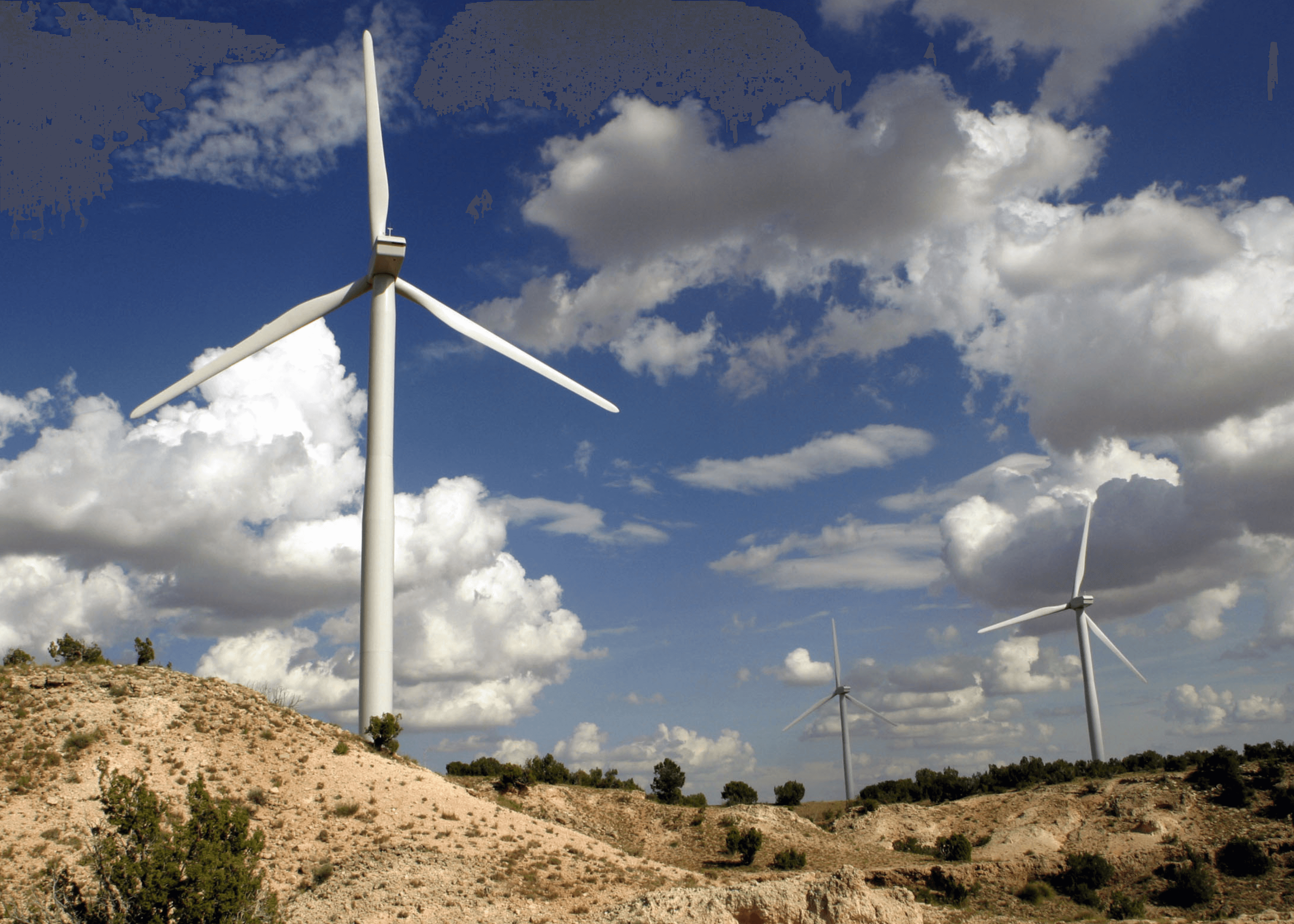This article comes from Chris Richards, Sales and Marketing Director for BGB. Richards, who has worked as a design engineer on carbon-brush applications for over 10 years, explains some of the key differences between copper and silver carbon brushes.

While copper brushes remain widely used in the wind energy market, recently some end users have moved back towards the use of silver brushes – which, although more expensive, are proven to perform better long term.
Carbon brushes are an important aspect of modern day engineering, powering motors and generators in wind turbines. While copper versions of these devices remain widely used in the wind energy market, recently some end users have moved back towards the use of silver brushes – which, although more expensive, are proven to perform better long term.
Why are the brushes needed?
Carbon brushes work together with slip rings to conduct power and signal through rotating parts and protect the other components in the turbine from static electricity and lightning strikes. They can transfer AC or DC current between the rotating section of the machine and the fixed external power supply or converter. Some brushes are also designed to provide better protection in low or high humidity climates.
Quality over quantity
With the continuous drive to lower the O&M costs of wind energy as we move towards zero subsidy projects, companies need to address underperforming components through purchasing materials that are proven to last and provide high-quality performance.
Lower quality materials can increase maintenance intervals, causing a lot of downtime for wind turbines, ranging from simple repairs that take only an hour to secondary major component failures and even fires. It is important to pay attention to the reliability of the products you are purchasing so you can reduce your maintenance time and costs over the whole life of a turbine.
While copper-grade brushes are certainly cheaper to buy, wind turbine operators need to strike a balance between the cost and the long-term performance and efficiency. It’s therefore important to consider:
- Life expectancy – A brush is a consumable item, which means eventually it will wear out and need to be replaced. Copper carbon brushes tend to have an average life expectancy of one to two years, whereas silver has an average of three to five years.
- Wear rate – While copper carbon brushes wear down at approximately 29mm a year, silver carbon brushes only wear down at 16mm a year.
- Maintenance – Copper brushes require a high level of regular maintenance due to higher dust production when compared to silver that has a reduced oxidation level. Silver has also proven to work more effectively in extreme environments.
Wind-turbine owners and operators practicing predictive maintenance have a good understanding of failure data and how inferior components affect overall performance. These parameters include component life, component cost, secondary failure cost, downtime and maintenance intervals. All of these factors need to be considered when amortizing the cost of an asset such as silver brushes over 20 years of turbine operation.
These factors are being realized by more and more businesses including renewable energy specialists. One such client recently told us that they made the switch across from silver to copper purely based on cost. They were under the impression the carbon brushes would last between two and three years but this was not the case. They were wearing faster and causing slip rings to become filthy with carbon dust.
Following the switch back to OE silver grade brushes, slip rings and chambers have remained cleaner – with brush wear more evenly distributed compared to copper alternatives. Brush life has also been around 30% longer on average with silver. For them, the increased quality, reliability and performance of silver brushes most definitely outweighs the small savings associated with copper brushes.
Filed Under: Components, News, Seals & slip rings





Having argued with brother over use of silver vs copper in windmills now I’ll give him something to read.